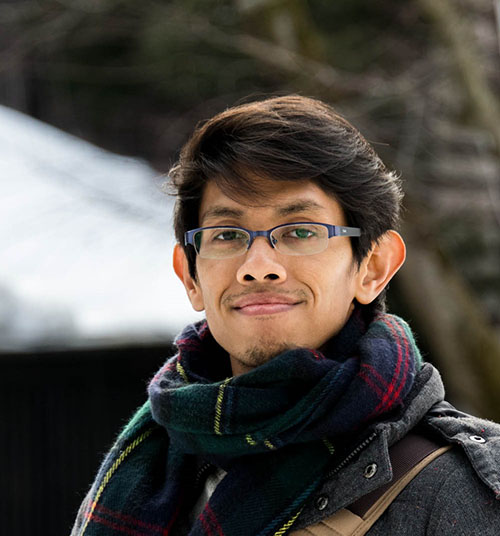Updated December 2024: added more digital & (finally) film photo samples!
Hey folks it’s about time for another lens review! And this time, it will be the favorite lens of my Takumar collection, the super-handy, super-fast Super Takumar 50mm f/1.4. Don’t get me wrong, I like the other Takumar lenses, like 28mm, but that will be covered in the next edition of the lens review. For now, I would like to introduce the glorious 50mm.
First, a short history lesson. This lens was first introduced way back in 1964 when the first ‘super’ version was introduced by Pentax (then named Asahi Pentax). From then on, it has seen several incarnations through the varieties of front elements and changes in the focus ring, as the newer version has a focus ring made of rubber instead of metal. Coincidentally my copy of 50mm is the infamous radioactive thorium one with yellowish lens coloration.
A little disclaimer here: I tested this lens on a full-frame and crop-sensor digital camera as well as on a film camera.
Table of Contents
Build and Handling
This might be one of the best lens builds I have ever had the chance to experience. What not to love! The focus ring has a pretty long throw and is as smooth as silk when you move it around. It makes focusing easy even when you’re in a hurry. The aperture ring has a nice ‘click’ sound as you move through each aperture stop. But I guess that could apply to all Takumar lenses.
The entire lens is built out of metal. And it is made to last forever — I once dropped it into the asphalt, and it got just a little scratch, not a dent to be found. Compared to modern lenses of a similar focal length, Takumar 50mm’s size is small, but due to its metal construction, it has roughly the same weight. Still, I feel the balance is right when it’s attached to a body hanging from my neck.
Image Quality
In the image quality department, I guess Takumar has managed to deliver good quality control. Mine is quite old, and even though it’s not sharp wide open at f/1.4, if you stop it down to f/4 onwards, it will be sharp enough to my liking.
I like the bokeh here. It makes the out-of-focus area so pleasant to look at. And the large aperture makes nighttime bokeh beautiful. However, since this lens has only six aperture blades when you stop down to f/5.6, the bokeh is no longer round as it turns to hexagons. Not so good for portraiture. At night time, it produces six-pronged sun stars, which you can see in the image below.
Talking about bokeh, at the widest aperture f1.4, sometimes it gives a very ‘busy’ look that might not be for everyone. No swirly bokeh is observed in the background.
One thing to notice, due to the design, is that the lens is exposed wide open without a lens hood. Depending on your lens version, this will turn any photo-facing sun into blotchy light patches if you don’t have the multi-coated one. Given the age of the lens, you will also see some horrible chromatic aberration. Contrast is also so-so, as seen in the night photo below.
So why, you may ask, did I say this is my favorite Takumar lens if I have been bashing a lot in the previous paragraph? Because for me, the ‘character’ that the lens possesses shines way brighter than its shortcomings! This is the perfect lens for street photography, which I greatly enjoy lately. I think you know now since all the sample images here are from my street shots.
Even before corrections in Adobe Lightroom, I find the straight-out-of-camera results of this lens already give an overwhelming vintage look. It is especially apparent in how it renders light sources into dreamy blobs. And this is why it’s a winner in my book.
More in this series…
- [Lens Review] Pentax Takumar 35mm f/3.5
- [Lens Review] Industar 50mm f3.5
- [Lens Review] Helios 44-2 58mm f2
- [Lens Review] Sun System 65-130mm f/3.5
Overall Impression
Score: 7/10
Obviously, I might be a bit biased, but I think you might be addicted if you try this lens. If you are into street photography and comfortable handling manual lenses, get this lens if you see it being sold in the wild. Here in Japan, the price hovers around 5000 yen and below for Super-Takumar and Super-Multi-Coated Takumar (the more recent SMC Takumar might fetch a bit more).
![[Lens Review] Super Takumar 50mm f/1.4](https://assets.jerfareza.camera/featured-images/6190-lens-review-super-takumar-50mm-f-1-4.jpg)
